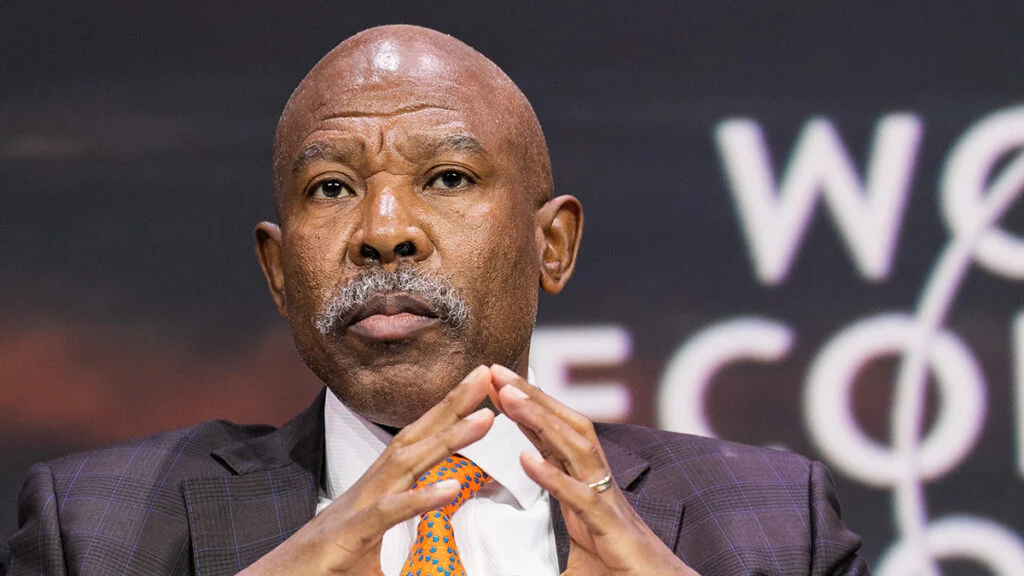FirstRand CEO warns interest rates will be higher for longer

Interest rates will remain higher for longer in South Africa as there are still structural driver behind higher prices in the country that will take years to unwind.
This is feedback from FirstRand, which flagged a worse-than-expected interest cycle as a threat to future earnings.
Africa’s most valuable bank expects to take a hit from lower interest rates over the next 12 months but does not expect rates to return to their pre-pandemic levels.
This means that South African consumers will remain under pressure, with debt repayments on home loans and car loans still taking up a significant chunk of their disposable income.
High interest rates have already resulted in significant impairments for South African banks, and FirstRand expects this to continue.
Speaking at the company’s investor presentation, CEO Mary Vilakazi said the bank expects 75 basis points of cumulative interest rate cuts over the next year.
This is below some of its peers, such as Standard Bank, which forecasts 100 basis points of cuts by mid-2025.
According to these forecasts, interest rates will not come down to levels seen before the pandemic.
The repo rate in 2019, prior to cuts in 2020 from the Reserve Bank to stimulate the economy, was at 6.5%. It is currently at 8.25%, and a 75 basis point cut will only take it down to 7.5%.
This is still a full percentage point higher than pre-pandemic levels, meaning that households will remain under pressure.
As a result, Vilakazi said FirstRand does not expect to extend credit at levels seen in 2019 as its various units will retain their conservative approach.
FNB, in particular, will continue its cautious approach to lending to retail customers as it has noticed an increasing number are turning to debt relief to cope with repayments.
Vilakazi expects credit extension to trend upwards in the next financial year but remains below the midpoint of the bank’s through-the-cycle range.
She warned that rate cuts would provide limited respite to households and retail advances growth would be muted, with consumer strain persisting at current levels.
As a result, FirstRand expects net interest income to be weaker in the coming year despite growing deposits. 
There are several factors at play that economists expect to drive inflation higher in the medium to long term, preventing deeper interest rate cuts.
Coronation’s Marie Antelme said the Reserve Bank’s ability to cut interest rates is limited by the government’s weak financial position and the possibility of a lower inflation target.
Due to the government’s weak financial position, particularly its high debt, South Africa’s risk premium remains elevated.
This increases the cost of capital in the country as the government’s creditworthiness has deteriorated. As banks cannot have a higher rating than their home country, the cost of capital is also higher for banks.
As this is passed on throughout the financial system, inflation is kept at a relatively high level and becomes increasingly broad-based.
Stanlib chief economist Kevin Lings outlined some other structural factors that keep inflation elevated in South Africa and will make cutting rates difficult.
There are three key driver of inflation in South Africa according to Lings – prices for administered services, a weakening rand, and rising wages.
Prices for government-administered services, such as electricity tariffs, are a major driver of inflation that is unlikely to come down in the next few years.
Eskom has categorically stated that it will continue to apply for significant tariff increases as the price of electricity in the country does not accurately represent the cost of producing it.
The cost of electricity averaged growth of 15.2% year-on-year in the first five months of 2024 and has not been below 6% for many years.
The cost of water rose by an average of 7.9% in the first five months of 2024, education by 6.1% and medical aid by 10.6%.
Thus, bringing inflation towards the midpoint of the Reserve Bank’s 3% to 6% target range is heavily dependent on limiting the increases in the price of basic services.
Unfortunately, the extensive infrastructure backlogs the country is facing, coupled with the public sector’s severe fiscal constraints, suggests that administered prices are likely to escalate for many years.
Another factor driving inflation higher in South Africa is the consistent weakening of the rand. The currency weakens by an annual average of 5.5% versus the dollar.
This makes importing goods into South Africa, particularly oil, more expensive and thus drives up prices in South Africa.
Furthermore, the ongoing strength of South African trade unions tends to keep the overall wage increase at or above the top end of the inflation target.
At the same time, the country continues to struggle with declining levels of productivity, which undermine the country’s competitiveness, adding a layer of costs that companies are constantly trying to recoup.

